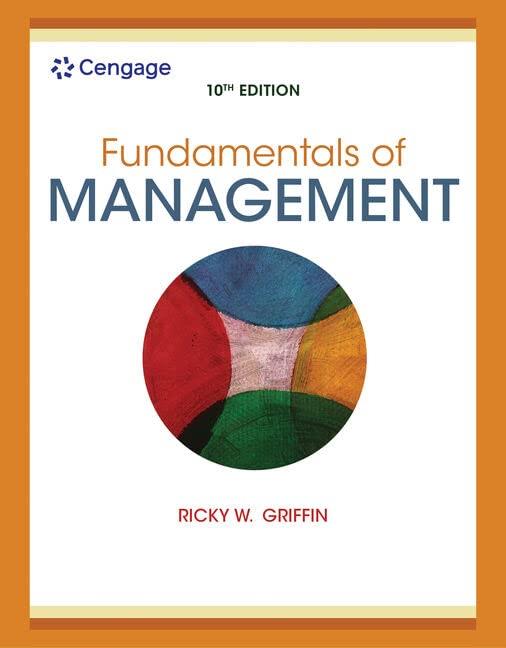Although corporate budgets are obviously much more complicated, the basic processes of creating a corporate budget on
Question:
Although corporate budgets are obviously much more complicated, the basic processes of creating a corporate budget on the one hand and a personal budget on the other share a few important features. Both, for instance, begin with estimations of inflow and outflow. In addition, both compare actual results with estimated results, and both culminate in plans for corrective action.
Exercise Task
1. Prepare lists of your estimated expenditures and income for one month. Remember: You’re dealing with budgeted amounts, not the amounts that you actually spend and take in. You’re also dealing with figures that represent a typical month or a reasonable minimum. If, for example, you estimate that you spend $300 a month on groceries, you need to ask yourself whether that’s a reasonable amount to spend on groceries for a month. If it’s not, perhaps a more typical or reasonable figure is, say, $200.
First, estimate your necessary monthly expenses for tuition, rent, car payments, childcare, food, utilities, and so on. Then estimate your income from all sources, such as wages, allowance, loans, and funds borrowed on credit cards. Calculate both totals.
2. Now write down all of your actual expenses and all your actual income over the last month. If you don’t have exact figures, estimate as closely as you can. Calculate both totals.
3. Compare your estimates to your actual expenses and actual income. Are there any discrepancies? If so, what caused them?
4. Did you expect to have a surplus or a deficit for the month? Did you actually have a surplus or a deficit? What can you do to make up any deficit or manage any surplus?
5. Do you regularly use a personal budget? If yes, how is it helpful? If no, how might it be helpful?
Step by Step Answer:






